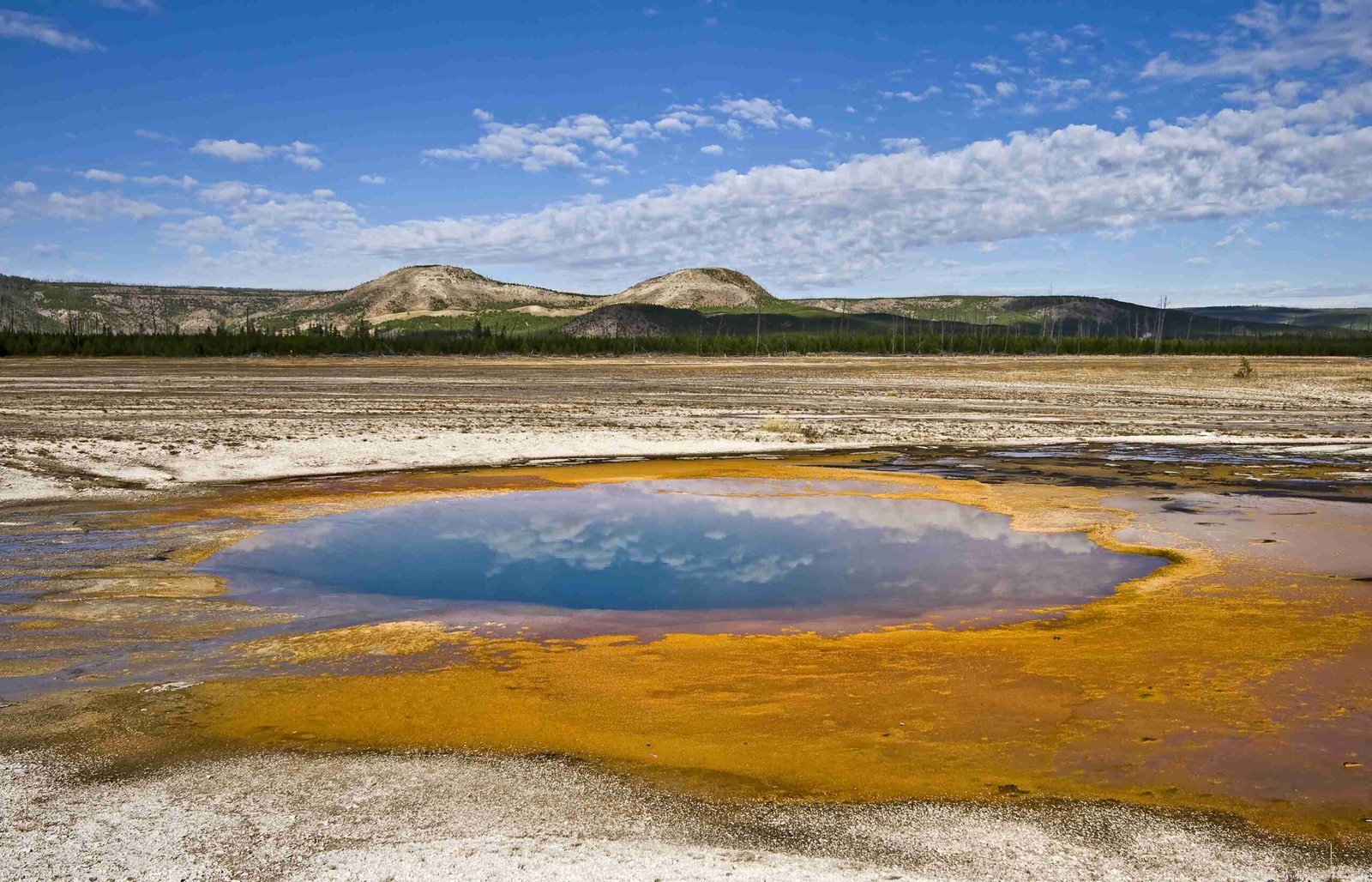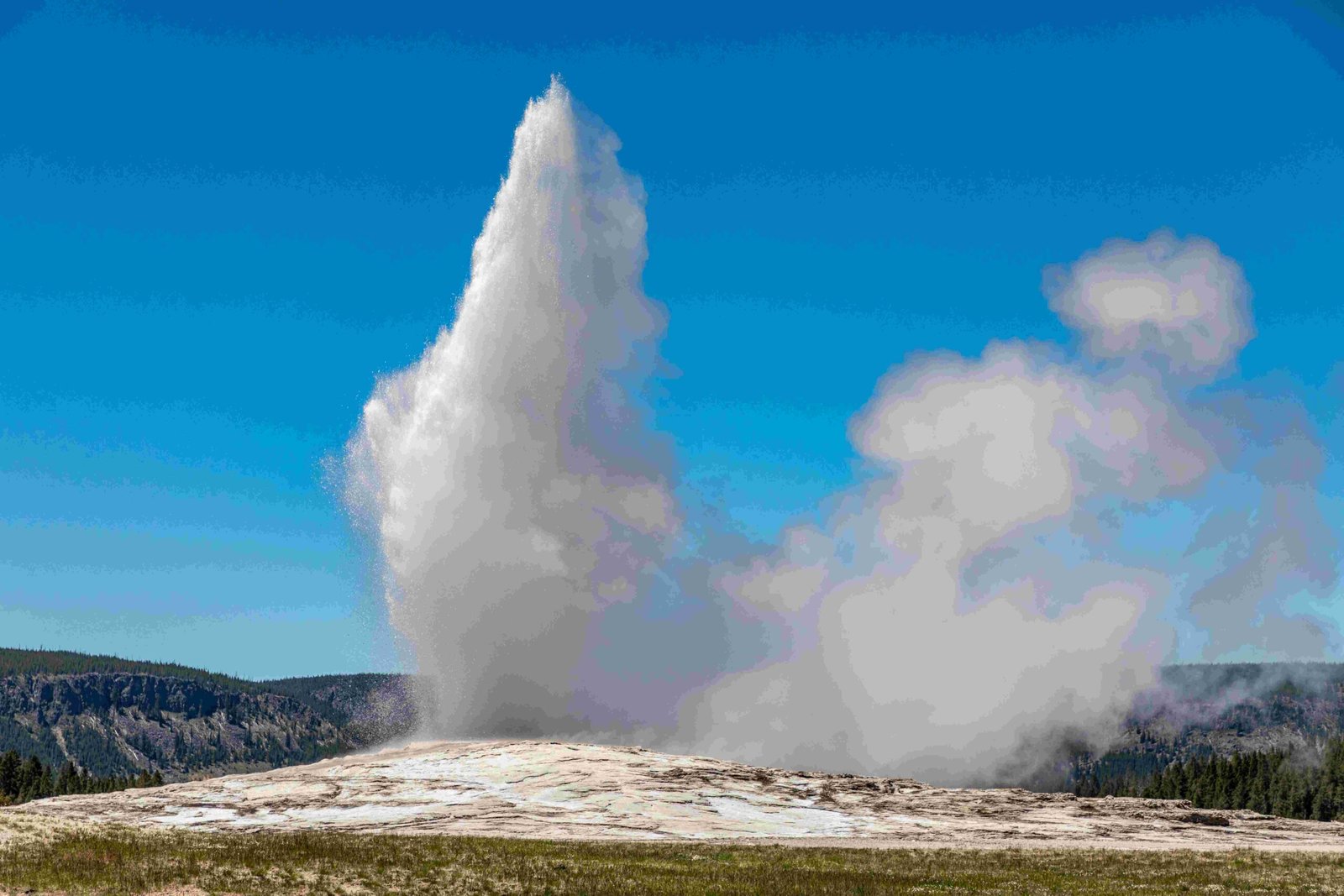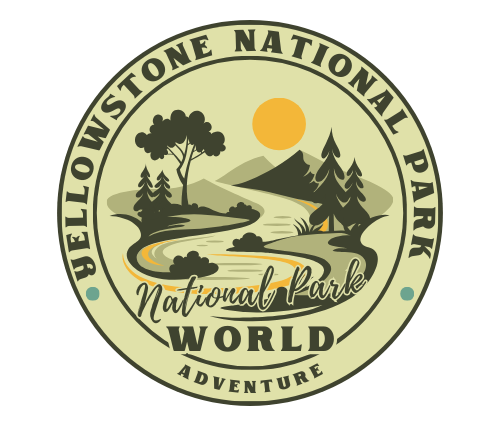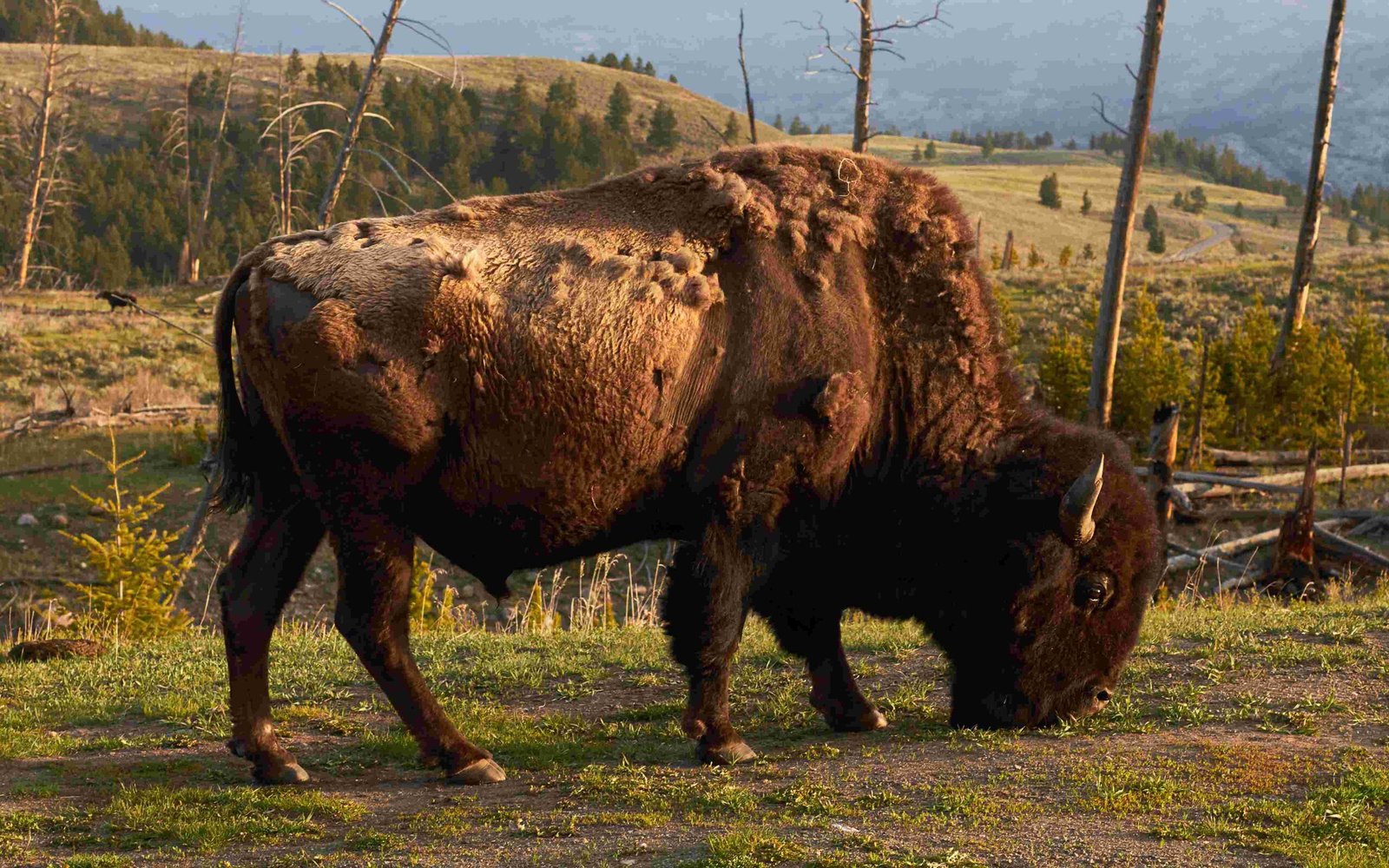Yellowstone National Park, America’s first national park, has a deep-rooted connection with various Native American tribes. These indigenous groups have lived, hunted, and performed sacred rituals in the area for thousands of years. The park’s establishment in 1872 significantly impacted these tribes, leading to complex relationships and ongoing efforts to preserve their cultural heritage within the park’s boundaries.
Who Are the Indigenous Tribes Associated with Yellowstone National Park?

The Yellowstone area has been home to numerous Native American tribes throughout history. Each tribe has its unique connection to the land, contributing to the rich tapestry of indigenous culture in the region. Here are the primary tribes associated with Yellowstone:
- Shoshone
- Crow
- Blackfeet
- Bannock
- Nez Perce
- Kiowa
- Cayuse
- Coeur d’Alene
- Umatilla
- Yakima Nation
Shoshone: The Year-Round Residents
The Shoshone, particularly the Tukudika or Sheep Eaters, were the only tribe to reside in Yellowstone’s higher elevations year-round. Archaeological evidence suggests their presence in the area dates back thousands of years. The Shoshone’s intimate knowledge of the land and its resources allowed them to thrive in the challenging mountain environment.
Crow: The Eastern Neighbors
The Crow tribe primarily occupied the areas east of Yellowstone. They had significant interactions with the park’s resources and were deeply affected by its establishment. The Crow’s traditional hunting grounds extended into what is now the park, making them frequent visitors to the area.
Blackfeet: The Northern Warriors
Located to the north of Yellowstone, the Blackfeet tribe had traditional hunting and gathering grounds within the park’s current boundaries. Their history in the region is marked by both conflict and cooperation with other tribes and, later, with European settlers.
Bannock: The Annual Travelers
The Bannock tribe, often in conjunction with the Shoshone, made annual journeys through Yellowstone to hunt on the eastern plains. These trips were crucial for their survival and cultural practices, involving not just hunting but also gathering and trading.
Nez Perce: The Persistent Users
Despite restrictions imposed after the park’s establishment, the Nez Perce continued to use Yellowstone for hunting, gathering, and conducting ceremonies. Their persistence highlights the deep connection many tribes maintained with the land, even in the face of changing policies.
How Did the Creation of Yellowstone National Park Affect Native American Tribes?

The establishment of Yellowstone National Park in 1872 had profound and lasting impacts on the indigenous tribes of the region. This section explores the key events and agreements that shaped the relationship between Native Americans and the park.
Fort Laramie Treaties: The Prelude to Park Creation
The Fort Laramie Treaties of 1851 and 1868 were pivotal in acknowledging Native American land rights in the Yellowstone area. However, these treaties also set the stage for future conflicts:
- 1851 Treaty: Recognized tribal territories but also allowed for safe passage of settlers.
- 1868 Treaty: Further defined tribal lands but also began the process of confining tribes to reservations.
The Act of Dedication: A New Era Begins
On March 1, 1872, President Ulysses S. Grant signed the Act of Dedication, creating Yellowstone as the world’s first national park. This act had several consequences for Native American tribes:
- Protection from exploitation: The act aimed to protect the area from miners and lumber companies.
- Displacement of Native Americans: It effectively pushed indigenous people from their traditional lands.
- Restriction of access: Native Americans were increasingly barred from using the park’s resources.
Fort Laramie Treaty of 1880: Further Land Loss
This treaty resulted in the transfer of Crow land to the park, further eroding Native land rights and access to traditional resources.
Ward v. Race Horse (1896): Legal Reinforcement of Exclusion
This Supreme Court case provided a legal basis for keeping Native Americans off public land, including Yellowstone. However, many tribes continued to use the park covertly, avoiding rangers to gather food and minerals.
What Cultural Practices Do Native American Tribes Maintain in Yellowstone Today?
Despite historical challenges, Native American tribes continue to maintain cultural connections to Yellowstone. Here are some of the practices and events that occur within the park:
- Traditional Gatherings: Tribes conduct ceremonies and gatherings, often requiring special permissions.
- Resource Collection: Some tribes are allowed to collect plants and minerals for traditional uses.
- Educational Programs: Native American educators offer programs on tribal history and culture.
- Ceremonial Participation: Park officials sometimes involve tribes in ceremonial activities for tourists.
Project Indigenous: Bridging Cultures
Project Indigenous, founded by Scott Frazier, provides educational programs that showcase Native American culture through:
- Storytelling
- Dance performances
- Music demonstrations
- Hands-on activities
These programs offer visitors a unique opportunity to learn about the rich indigenous heritage of Yellowstone.
Where Can Visitors Learn About Tribal History in Yellowstone?
Yellowstone National Park offers several amenities and facilities where visitors can learn about the tribal history and culture associated with the area:
- Visitor Centers: Offer exhibits and information on Native American history.
- Museums: Showcase artifacts and provide historical context.
- Educational Programs: Ranger-led talks and guided tours often include indigenous perspectives.
- Cultural Events: Seasonal events may feature Native American speakers or demonstrations.
Accessibility and Costs
| Facility/Program | Accessibility | Cost |
|---|---|---|
| Visitor Centers | Open to all park visitors | Included in park entry fee |
| Museums | Generally wheelchair accessible | Included in park entry fee |
| Educational Programs | May require registration | Often free or low-cost |
| Cultural Events | Varies by event | May have additional fees |
How Can Visitors Respectfully Engage with Native American Culture in Yellowstone?
When visiting Yellowstone, it’s important to engage with Native American culture respectfully. Here are some guidelines:
- Attend official programs: Participate in park-sanctioned events and educational programs.
- Respect sacred sites: Follow park guidelines and avoid disturbing areas of cultural significance.
- Support authentic sources: Purchase Native American crafts from authorized vendors.
- Learn before you go: Research the tribes associated with Yellowstone before your visit.
- Listen and observe: If you encounter tribal members, be respectful and avoid intrusive questions or photography without permission.
By following these guidelines, visitors can gain a deeper appreciation for the indigenous heritage of Yellowstone while respecting the ongoing cultural practices of Native American tribes.
References:
1. https://www.intermountainhistories.org/items/show/344
2. https://www.nps.gov/yell/learn/historyculture/historic-tribes.htm
3. https://www.yellowstonenationalparklodges.com/connect/yellowstone-hot-spot/celebrating-yellowstones-native-american-heritage/

